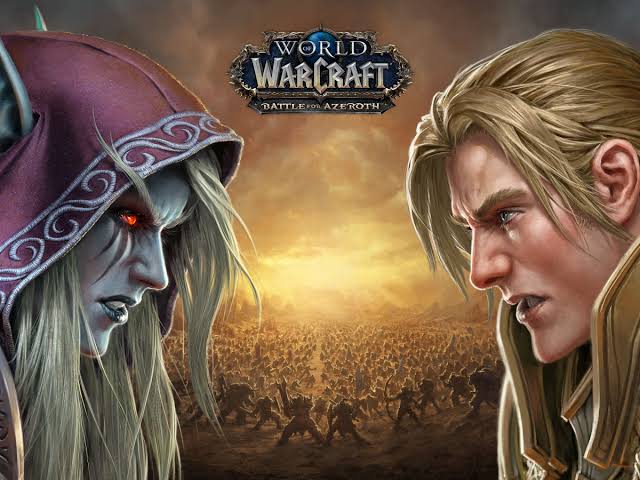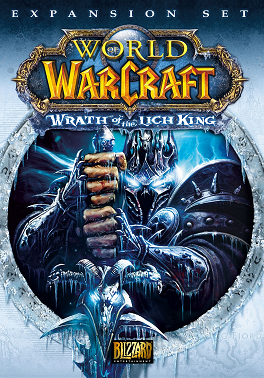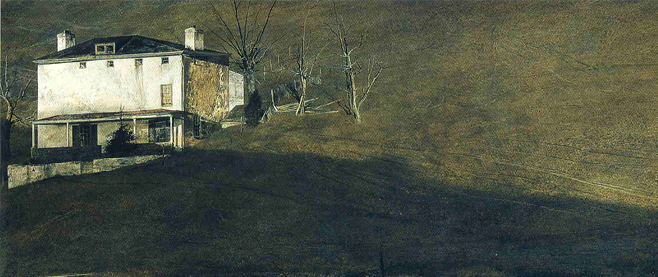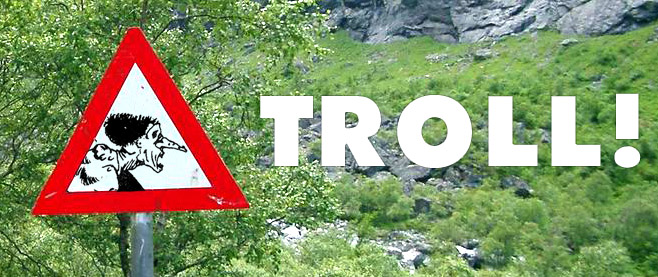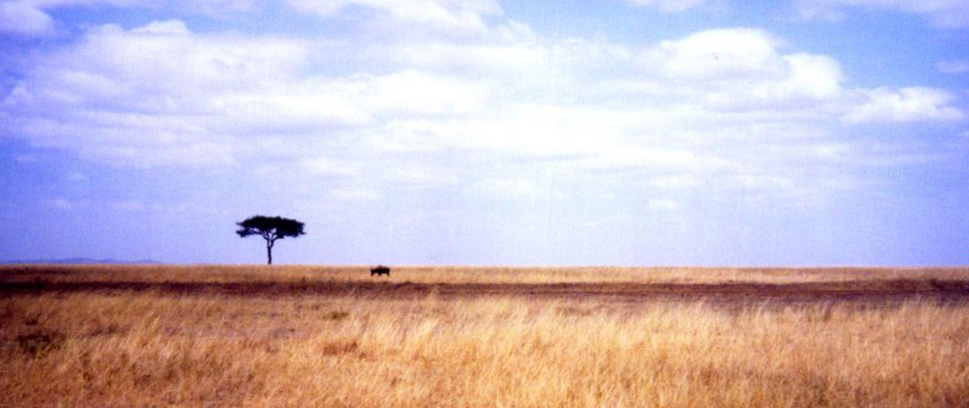Two Decades of WoW: Evolution of the Game
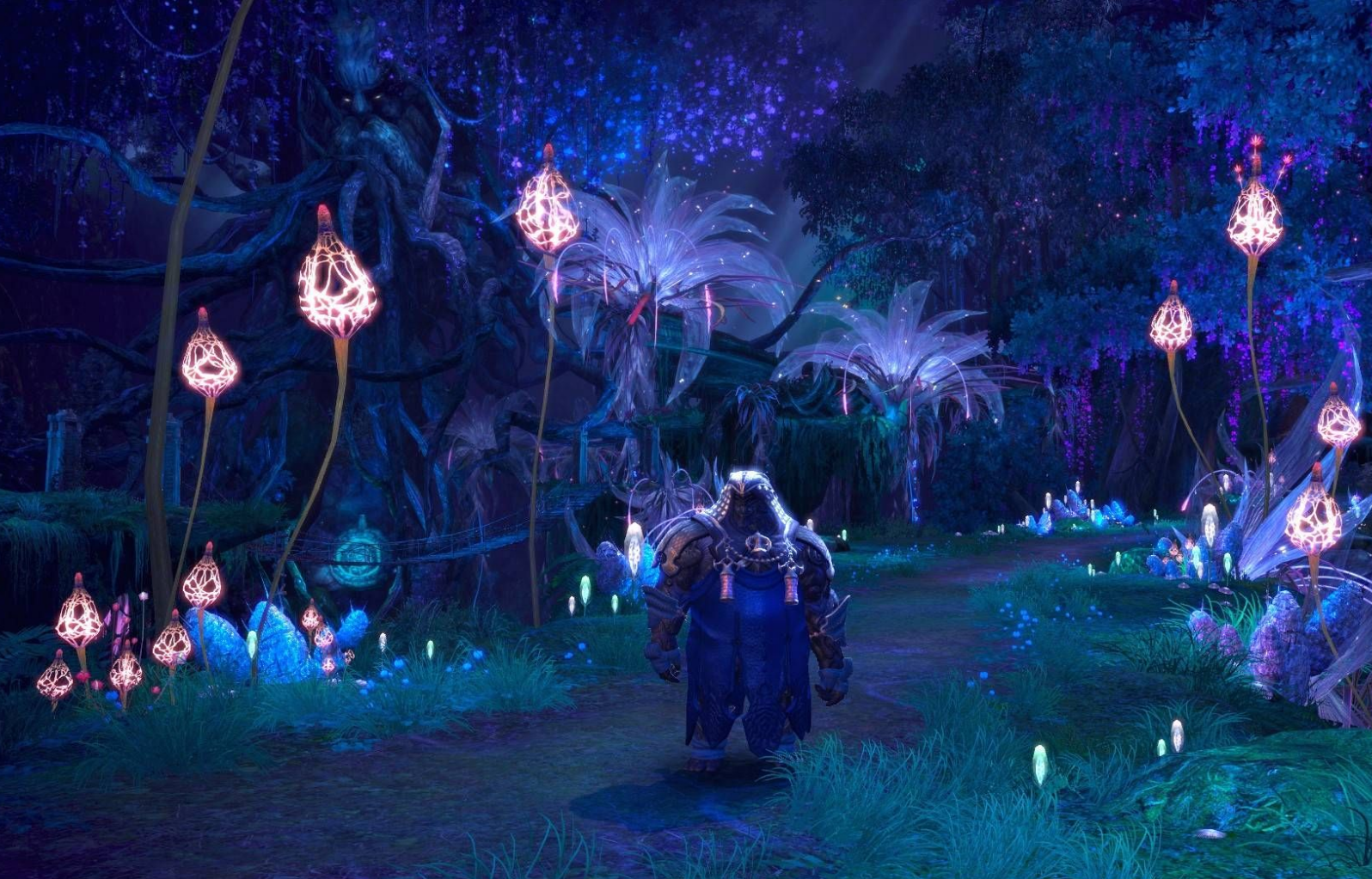
Imagine living 57,000 lifetimes, experiencing countless adventures and battles, traveling to fantastical realms, and mastering incredible skills. Now imagine all of that happening within the confines of a computer game!
That’s the reality for millions of World of Warcraft players, who have collectively logged over 6 million years of gameplay time.
It’s a virtual world that has captured the hearts and minds of 12 million gamers across the globe and shows no signs of slowing down anytime soon.
The Early Days: A Humble Beginning
The evolution of the massively multiplayer online game “World of Warcraft” is a saga of epic proportions. From its humble beginnings as a niche title for hardcore gamers in 2004 to its current status as a cultural phenomenon, the game has undergone a transformation that can only be described as a “level-up” of monumental proportions.
When World of Warcraft first hit the scene, it was a fair game that attracted a small but dedicated following of gamers.
The game’s mechanics were simple, but its immersive world captured the imagination of players, who spent hours exploring the world of Azeroth and building their characters.
From its earliest days, Blizzard was committed to building a rich and engaging game world that would keep players always craving for more.
It quickly became a cultural phenomenon, with memes and jokes about the game spreading like wildfire on the internet.
Speaking of jokes, did you hear about the gnome who tried to pick a fight with an orc? He thought he was a foot taller than he was! Okay, maybe that one was a bit lame, but you get the point.
World of Warcraft has always been a game that doesn’t take itself too seriously, and its lighthearted humor has been one of its defining features.
But perhaps the most significant evolution of “World of Warcraft” has been integrating social elements into the game.
With the rise of social media and online communities, the game’s developers have embraced the power of social interaction, implementing features such as in-game voice chat, cross-realm groups, and even a matchmaking system that allows players to find groups quickly and easily.
The Burning Crusade: The First Expansion
With the resplendent grand release of -The Burning Crusade in 2007, we saw the monumental transformation of World of Warcraft, from a niche game to a cultural phenomenon. The game’s potential audience and depth were both broadened with the addition of the expansion’s additional playable races, zones, and objectives.
Players could now venture beyond the game’s original continent of Azeroth and explore the new world of Outland, where they faced new challenges and forged new alliances.
Of course, with so many updates and expansions, it can be hard to keep up with all the changes. It’s like trying to keep track of all women’s lipstick shades- there are just too many!
The once-rudimentary character models have transformed into intricate and detailed designs, with each class boasting unique abilities and play styles that cater to the individual desires of players.
Wrath of the Lich King: A Game-Changer
In 2008, Blizzard released Wrath of the Lich
King, the second expansion for World of Warcraft.
The expansion introduced a new continent, Northrend, as well as new classes, new talents, and a host of other features that fundamentally changed the game.
The expansion also introduced the game’s most iconic villain, the Lich King, whose presence loomed over the game’s story for years to come.
Cataclysm and Beyond: The Evolution Continues
With each subsequent expansion, World of Warcraft continued to evolve and change.
In 2010, Cataclysm not only reshaped Azeroth but also added new quests and narrative to the game, drastically changing the game from its very underpinnings.
In 2012, the highly anticipated expansion pack was released, titled “Mists of Pandaria”. This expansion added a brand new continent to the game’s world, known as Pandaria, as well as introduced a new playable race called the Pandaren.
In 2016, again an expansion pack titled “Legion” was introduced. This expansion introduced a new playable class, the Demon Hunter, which allowed players to harness the power of demonic magic in battle.
Remember when we used to have to walk everywhere in WoW? Those were the days. Now we just teleport around like it’s nothing. What happened to the adventure?
The Future of World of Warcraft
The latest expansion of World of Warcraft is called “Dragonflight,” released in November 2022. In this expansion, the Shadowlands will no longer hold us captive, as Dragonflight will transport us to the legendary Dragon Isles.
This fantastical realm promises not only playable and rideable dragons, but also the thrilling possibility of playing as a dragon riding another dragon.
Along with this adventure comes the introduction of a new playable race called the Dracthyr, and a new class called the Evoker. Only the Dracthyr can access the Evoker class, making it an exclusive and unique combination.
The expansion is quite challenging, players go for WoW boost. WoW boosting services are one of the easiest ways to excel in the game.
Even after 19 years, the game continues to be a force to be reckoned with, and Blizzard has recently unveiled a plethora of new content for 2023. It is sure to inject a renewed sense of excitement and novelty into the gameplay experience.
World of Warcraft has evolved so much over the years that I wouldn’t be surprised if the next expansion is a fully-functioning virtual reality game.
I can’t wait to see what new excuses I’ll come up with to avoid leaving my house.
